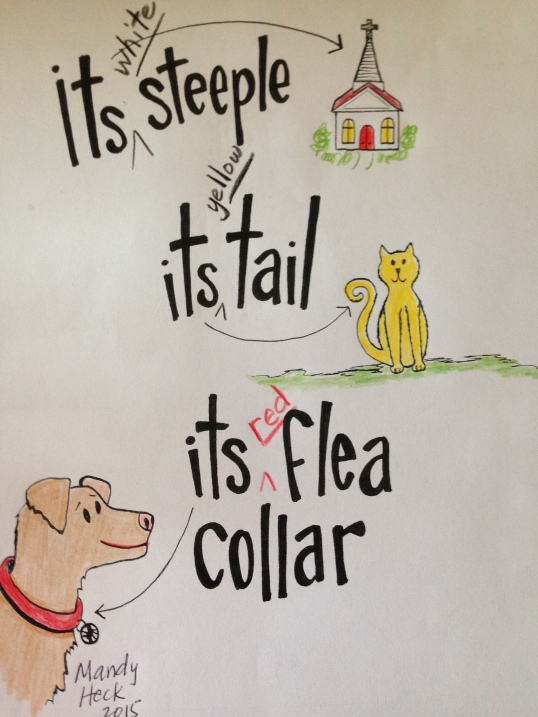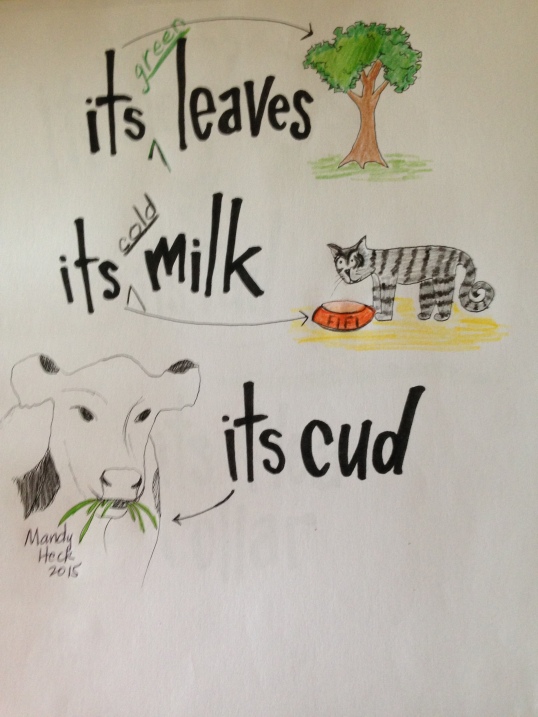Have you ever read a book you loved and hated at the same time?
Kerry Greenwood’s, Phryne Fisher Mystery, Murder and Mendelssohn, fell into that category for me.
I picked up the book from the new-book shelf at our local Mays Landing Library and decided to read it because I loved its exquisite cover: an exotic damsel wearing an elaborate, colorful, parrot-hibiscus-fern fringed shawl.
And I loved the title. Murder and Mendelssohn. Mystery and music. Nice alliteration.
As soon as I got home from the library, I snuggled down in my cozy reading chair all set to be enthralled by a mystery with musical overtones.
Disaster. But only at first.
Being an editor myself and a fan of Noah Lukeman’s book, The First Five Pages, A Writer’s Guide to Staying Out of the Rejection Pile, I read the first five pages of Greenwood’s book, unfortunately, with a critical eye. (My bad habit: I can’t separate editing and reading!)
Here’s what grabbed me.
1. First Five Pages: Too many characters
Perhaps I am too much of a critic and not enough of a story line follower, but I got lost in the shuffle of at least eleven characters sprawled on the first two pages. Thirty choristers came ten pages later.
The Hon. Miss Phryne Fisher; tired-out police detective Jack Robinson (unnamed until page 3); Dot, Phryne’s companion who was set to marry Detective Sergeant Hugh Collins; Tinker and Jane, Phryne’s adopted children; Mr and Mrs Butler, butler and cook (what a handy name!); Ruth, of unknown and unexplained personage; Ember, the black cat; and Molly, the sheepdog.
Why so many people (and animals) on the first two pages? Can all these people be essential to the plot? (No.) Where is the hook to keep me reading?
My initial thought was that this might be a first novel of a self-pubbed writer. I checked the book’s spine. Hmmm. Poisoned Pen Press, an established publisher of mysteries (since 1997) with numerous awards to their credit. Greenfield is an Australian author so favors different spelling on words like colour and favourite. Perhaps they published an early draft, and perhaps there are more differences between American English and Australian English than I had realized. I will check on that.
Turns out that this book is Greenwood’s twentieth in her Phryne Fisher Mystery series and her 62nd book(!). These characters in M & M join the parade of characters from earlier books. Although series readers might enjoy an update on Phryne’s household menagerie, as a stand-alone book, these characters form a roadblock, deadening the beginning of the story.
But wait. Read on, and you will find a great story.
2. Verb Tense: Overuse of past progressive, with a switch to simple past
Notice the verb tense starting with the second sentence on page 1: the boring past progressive tense. Greenfield uses it to catalog the activities going on in her home, making her writing wordier than need be.
The Hon. Miss Phryne Fisher was sitting…
She was wearing…
She was nibbling…
[Ember, her cat} was waiting…(in two sentences of 63-words) …[and] was contemplating…
She [Miss Phryne] was reading an autopsy report…
…the tired-out police detective was eating… [We don’t find out the detective’s name until page 3.]
Dot…was embroidering…
Tinker and Jane were playing chess…
Ruth was in the kitchen with Mrs. Butler shelling peas and discussing ways to cook pineapple.
Molly (the sheepdog) was lying under the table…
The deadly clue: overuse of the word was (seven times in eleven lines on the first page alone) with the progressive -ing form on verbs. This quickly becomes tedious reading because of its repetitive monotone nature.
But then. a switch:
…Mr. Butler sat down on his comfortable chair and sipped his after-breakfast cup of coffee.
What happened? Why the switch to simple past tense? Why not use simple past from the beginning and declutter the opening?
3. Too much description
A barrage of details of Miss Phryne’s glamorous (ostentatious?) garden, morning outfit, and breakfast fill page one, leading one to believe that the main character is, well, quite a character.
The Hon. Miss Phryne Fisher was sitting in her jasmine bower, drenched in scent. She was wearing a pale green silk gown embroidered with golden phoenixes, the symbol of the empress. Flaming pearls of longevity burned their way, comet-like, upon her fluttering sleeves. Her hair was as shiny as patent leather, cut in a neat bob which swung forward as she read. She was nibbling a croissant and drinking café au lait. With her pink cheeks and red lips and green eyes, she looked like a hand-coloured French fashion plate.
Other equally eye-catching and attention-getting outfits throughout the book receive similar mention. But not to be identified as a policewoman or inspector, Phyrne packs her .22 Beretta in her petticoat pocket.
A Queenscliff fisher boy, a minor character who “had attached himself at heel, like a small scruffy terrier” to the Fisher household, receives almost a full-page of description detailing why each member (including the pets) of this extended family likes him. Quite a lot of info for a minor character who occasionally brings fish for dinner. His role in the story: He occasionally asks questions that help move the mystery-solving process along because he is, as Phryne says, “endearingly intelligent.”
4. The Plot (or should I say Plots?)
A lot happens in Murder in Mendelssohn.
For me, the story started on page 2 with Miss Phryne reading an autopsy report. Immediate questions popped into my head that drew me into the story.
The much-hated and maligned choir director, Hugh Treggennis, gets murdered. Twice? Two murderers? Phyne called the murderer “flamboyant” and “with a point to prove.” Subtle humor throughout this book adds to its increasingly delicious flavor.
Someone has stifled an orchestral conductor with really quite a lot of sheets of Mendelssohn’s Elijah stuffed down his throat.
Seems excessive, even as musical criticism, ” commented Phryne.
The antics of the eccentric choir members ring true. They hated Tegennis (caricatured as a pig-in-a-suit by one anonymous chorister) and didn’t mind that he was dead, and all proclaimed their innocence in the matter. Of course.
Miss Phryne takes on the case. Oops. Miss Phryne gives tired-out police detective, Jack Robinson, assistance in solving this musical mystery. Let’s keep the record straight on that. Okay? *wink *wink.
One subplot has our heroine aiding and abetting John Willson, her former and current pro tem lover (complete with clothing ripped off in a frenzy of passion), in his bid to gain the attention of his currently unresponsive heart’s desire, Mr. Rupert Sheffield. This subplot comes with its own complete back story.
Mr. Rupert Sheffield is highly suspect for other possible international crimes, and hit men are on his trail attempting to silence him, that is, until John Wilson inadvertently foils their plans. Phryne unselfishly jumps in to solve the heart-throb problem when she realizes John is hopelessly enamored with Rupert.
Along the way to solving this mystery, you will receive music, etiquette, French cuisine, and French language lessons, all thrown in for extra measure. Phryne had been a poor nude artist’s model in France after the war so she is well-versed in all of these areas. Sorry, no recipes.
5. Overuse of Adverbs
Tinker, the fish boy, may be “endearingly intelligent,” but the adverbs in this book sound a bit high schoolish. Check these examples.
would undoubtedly award
occasionally making
confidingly laying her head
unexpectedly stung
endearingly intelligent
slightly failed
confidingly laying her head
reliably voracious
utterly uninterested
pleasantly free
rather meanly taken
really unsafe to eat
brooding darkly
particularly
extremely bitter
naturally bitter
unusually fraught rehearsal
thinking deeply
really quite a lot
Honest, I found all these adverbs in Chapter One. Greenfield uses “really quite a lot” of them. Treasure-hunting for adverbs added to the fun of reading this book! A sneak peak into Chapter Two tells us that Phryne had a “slightly sprained” ankle causing her to walk a little “gingerly” up the stairs, dressed in a “decently quiet turquoise dress.” Well, you get the idea. The adverbs march on and on.
Move over Tom Swift!
Reviews
I checked Amazon reviews of this book and found a range of love-hate opinions. Die-hard Greenwood fans love the book; first-time Greenwood readers hate the book.
Personally, I love Phryne’s quirky and flamboyant personality, and I even got to love her adverbs. The solid plot kept me invested in the book from page three to the end. And, to be honest, I really love those flaming pearls of longevity. I have got to have some for myself!
Obviously after twenty Phryne Fisher books, Greenwood is onto something. She has steady followers who look for the next title in the series despite (my) perceived writing problems in this volume.
Now, excuse me, I’m heading to the library to see if I can find more of Greenwood’s books. Her writing style intrigues me, including her bad habits. But as Novelist Elizabeth McCracken says “A writer’s voice lives in his or her bad habits” (quoted in Ben Yagoda, The Sound on the Page). That’s what makes Greenwood’s book memorable for me. But please, don’t copy her. Go find your own bad writing habits.
Related article: I is for Izzies, Arzies, Wazzies, and Werzies
Janice Hall Heck, retired educator and now nitpicky editor of On the Horizon, a bi-monthly community newsletter for Horizons at Woods Landing, Mays Landing, NJ, is quite possibly a grammar geek. You can also find her at janiceheck.wordpress.com., on Twitter @janiceheck, and on Facebook at Janice Hall Heck.
Posted in
book reviews,
common writing errors,
effective writing,
writers,
writing craft,
writing problems,
writing quirks and tagged
bad writing habits,
book critique,
characters in novel,
common problems in novel writing,
Common writing problems,
description in novels,
first five pages,
Kerry Greenwood,
Murder and Mendelssohn,
Noah Lukeman - First Five Pages,
overuse of adverbs,
overuse of verb to be,
past progressive verb tense,
Phryne Fisher Mystery |







